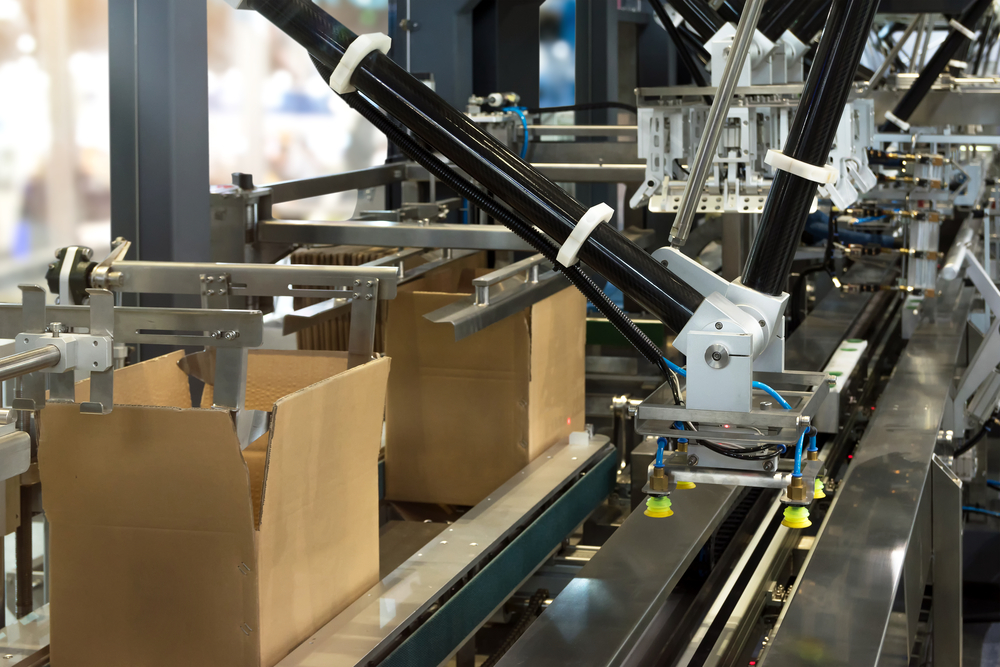Think the print industry is on its knees? This can’t be further from the truth
Digitisation is actually boosting, not hindering, the printing industry, says James Kight

As the world becomes increasingly digitised, it's easy to be fooled into thinking the print business is in decline. But this couldn't be further from the truth. In fact, it's thriving beyond expectation. Greater use of technology, alongside changes in legislation, and reforms in managed print, have encouraged the sector to evolve alongside the digital world.
There's unquestionably some merit in presuming people don't physically print as often as they used to. The increasing use of emails and apps has limited some printing needs, such as vouchers, for example. But with an upsurge in technology being adopted, the industry has defied all expectations.
Not a case of 'video killed the radio star'
Counter-intuitively, accessibility of, and reliance on, IT systems has actually contributed to the growth of the print industry.
Digital devices are now used to complete everyday tasks - from delivering presentations to organising invoices. But we moving away from traditional desktops, with mobile devices becoming the alternative.
Smaller screens, however, can cause issues, particularly when reviewing our work, or showing it to others. Many, therefore, still desire physical copies. Likewise, the production of higher-quality printers means the sector has kept up with demand. People are increasingly producing impressive visuals, such as graphics and illustrations, but the wide selection of bespoke printers means this creativity translates fantastically on paper.
Education, and regulation, are the biggest drivers for growth
Printerland research in 2018 showed the education sector was among the top five using our facilities, a trend that will continue next year with education set to become the biggest consumers for printing companies worldwide.
Despite the scale of digital transformation underway there's an overwhelming need for paper in schools. Working on tablets is great, but teachers still need to print tests, pupils need to print homework, and classrooms need to offer visual tools. All of this could potentially be achieved using the same device, which is why education professionals are keen to invest in the right model.
ChannelPro Newsletter
Stay up to date with the latest Channel industry news and analysis with our twice-weekly newsletter
Budgets are paramount within education, making cost-efficiency imperative. Moving forward, the print industry will continue to offer excellent value-for-money, which will further encourage consumer demand.
Meanwhile, comprehensive changes to regulation have forced documentation to include more detail than ever before, which means more printing.
Employment contracts, for example, used to be approximately two A4 pages in length, but now the average contract is 26 pages long. With this in mind, it's no surprise that the legal and healthcare sectors are among the industry's biggest customers, since they require extensive paperwork.
Managed print the way to go?
Despite a raft of digital options, most businesses still require a printing system. There's recently been a surge in managed print, a programme in which print providers manage all aspects of a business' devices.
This was at first expensive, complicated, and full of logistical problems. But the process has undergone a huge transformation, making it simpler to use over time, and more cost-effective.
Although managed print services were initially only used by large businesses, it is becoming more appealing to smaller firms, who rarely have designated IT consultants. By using managed print, they eliminate any worries about maintenance and repair work, as everything's included in the contract.
Over the next 12 months, I predict that the benefits of managed print will be more widely communicated, with micro-firms and small businesses opting for this choice. This inevitable rise would disprove any suggestions that the print industry is redundant.
The future is bright
Businesses understand the benefits of investing in quality printers, and this will only encourage growth across the industry. Today's printing devices are multifunctional with integrated smart software, so there is little need for businesses to outsource projects, saving both time and money.
Similarly, any decent printer should be perceived as a worthy investment -- the latest models are fully equipped to deliver high-quality printing across all programmes. Therefore, whether wanting to produce your own letterheads, business cards or something else entirely, the ability to print them in-house would be very tempting.
Ultimately, there is a perception that technological advancement will undermine the print industry. But this is false. While innovation has convinced many to store their data digitally and on the cloud, the desire to retain printed copies remains.
While the way that we print has certainly changed, the amount that we print is only increasing, particularly in certain sectors, like education. In future, I imagine the industry will continue to deliver on cost-efficiency and quality to meet the rising consumer demand.
James Kight is managing director at Printerland

